You are currently viewing SemiWiki as a guest which gives you limited access to the site. To view blog comments and experience other SemiWiki features you must be a registered member. Registration is fast, simple, and absolutely free so please,
join our community today!
We attended the Needham Growth Conference which is one of the first conferences of the year and in the quiet period before most companies reported so even though there was no “official” comment from most companies on the quarter, the surrounding commentary spoke volumes:
- The down cycle (and everyone admits its a cycle
…
Read More
Interestingly, in some circles I’m known as an “Intel basher” but nothing could be further from the truth. I grew up with Intel and give them full credit for bringing serious compute power to our desktops. My first Intel powered computer was an IBM XT and I have had dozens of Intel based desktops and laptops since then. As a result, I … Read More
In all the enthusiasm around machine learning (ML) and intelligent vision, we tend to forget the front-end of this process. The image captured on a CCD camera goes through some very sophisticated image processing before ML even gets to work on it. The devices/IPs that do this are called image signal processors (ISPs). You might … Read More
Scanning headlines of technology news every day I was somewhat familiar with the phrase “Generative Design” and even browsed the Wikipedia page to find this informative flow-chart that shows the practice of generative design.
Generative design is an iterative design process that involves a program that will generate… Read More
As we are preparing for the “IoT Devices Can Kill and What Chip Makers Need to Do Now” webinar next week, Intrinsic-ID did a nice press release with Integrated Device Technology. IDT is one of the companies I grew up with here in Silicon Valley that pivoted its way to a $6.7B acquisition by Renesas.
IDT is focused on automotive,… Read More
Intelligence as in the term artificial intelligence (AI) involves learning or training, depending on which perspective it is viewed from –and it has many nuances. As the basis of most deep learning methods, neural network based learning algorithms have gained usage traction, when it was shown that training with deep neural network… Read More
Life is full of convenience-security tradeoffs. Sometimes these are explicit, where you get to make an active choice about how secure or insecure you want things to be. Other times we are unaware of the choices we are making, and how risky they are for the convenience provided. If you leave your bike unlocked, you can expect it to be… Read More
CES 2018 saw the proliferation of digital assistant applications in cars (and homes, of course) with Harman International, Panasonic and Visteon showing multiple digital assistant implementations with in-dash infotainment systems. Panasonic showed a hybrid Alexa system capable of working off line and Harman showed a system… Read More
CES 2019 was held this week in Las Vegas and had over 4500 exhibiting companies and over 180,000 attendees. Over 6500 media and industry analysts attended (including yours truly of Semiconductor Intelligence). CES 2019 includes a broader industry than just electronics, which led to the show being renamed CES (previously the … Read More
CES 2019 and Cyclingby Daniel Payne on 01-11-2019 at 7:00 amCategories: Events, IoT
It’s January so time for my annual update on all things cycling that are being shown at CES this week. For 2018 my cycling goal was 11,440 miles, but an accident on September 1st cut into my goal, however I did reach 10,887.6 miles according to Strava.
eBikes
This category continues to grow in 2019, with many vendors offering … Read More




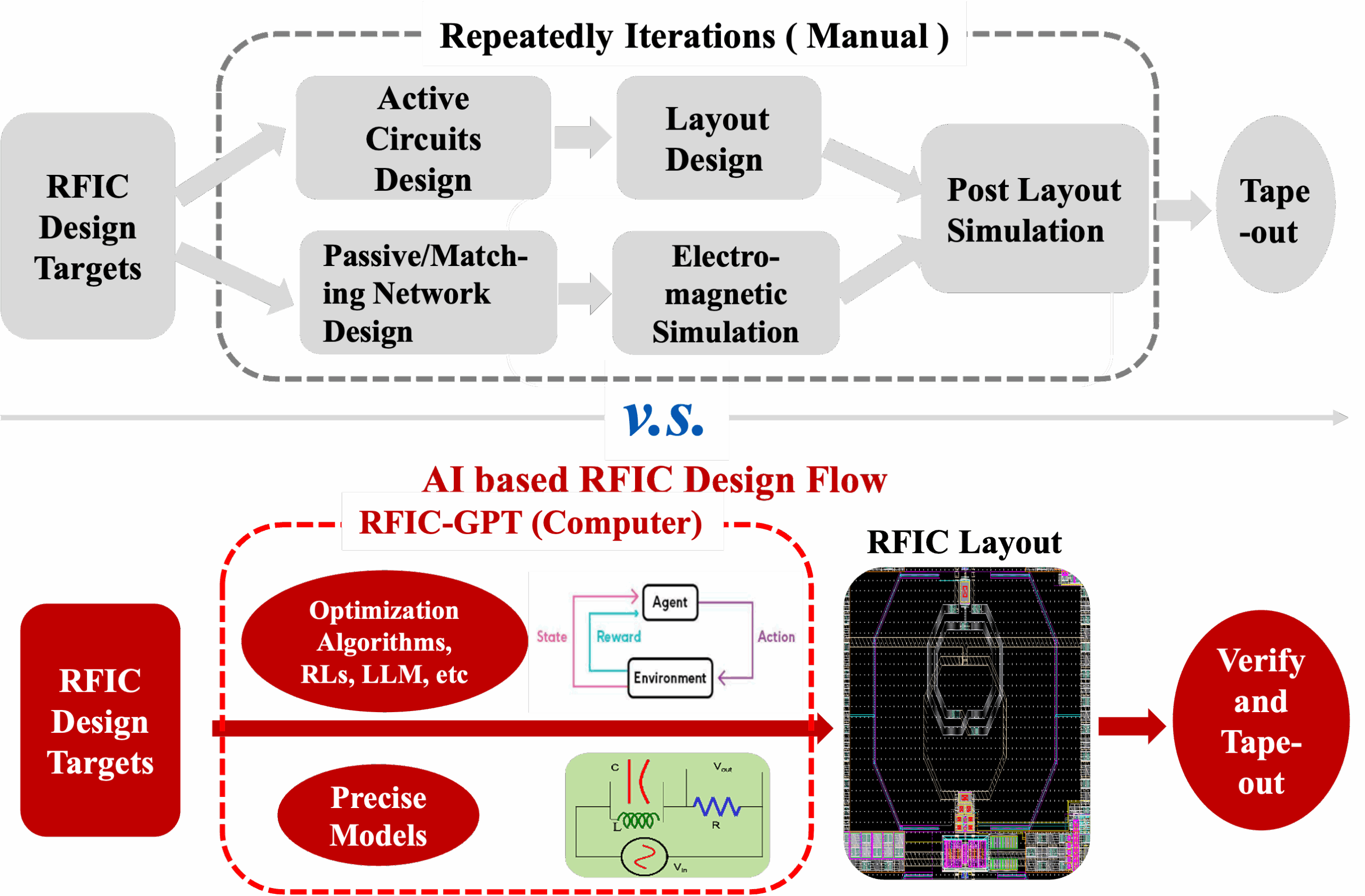
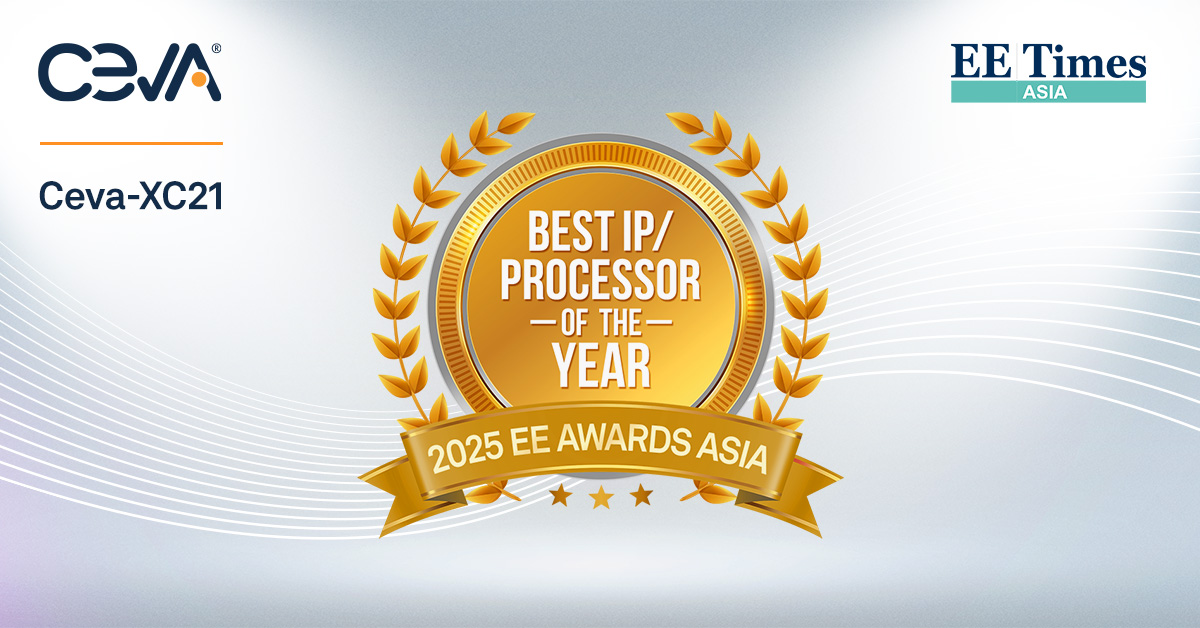



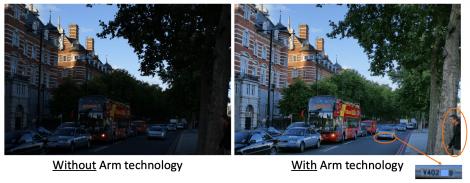
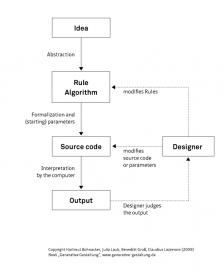

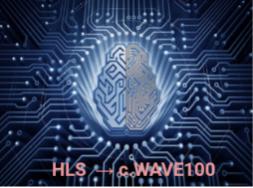


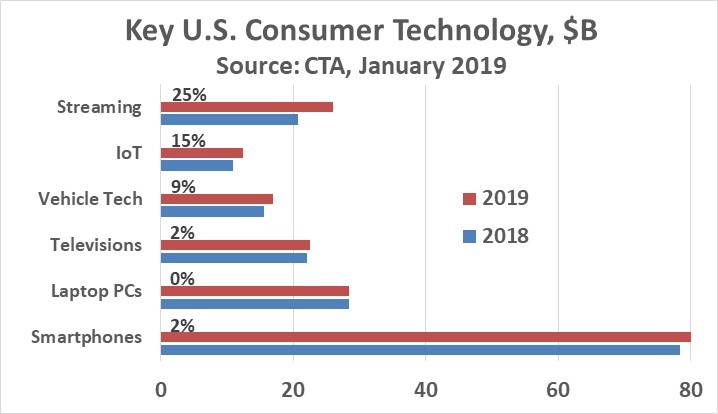
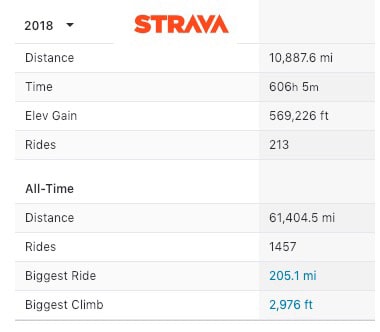
The Quantum Threat: Why Industrial Control Systems Must Be Ready and How PQShield Is Leading the Defense